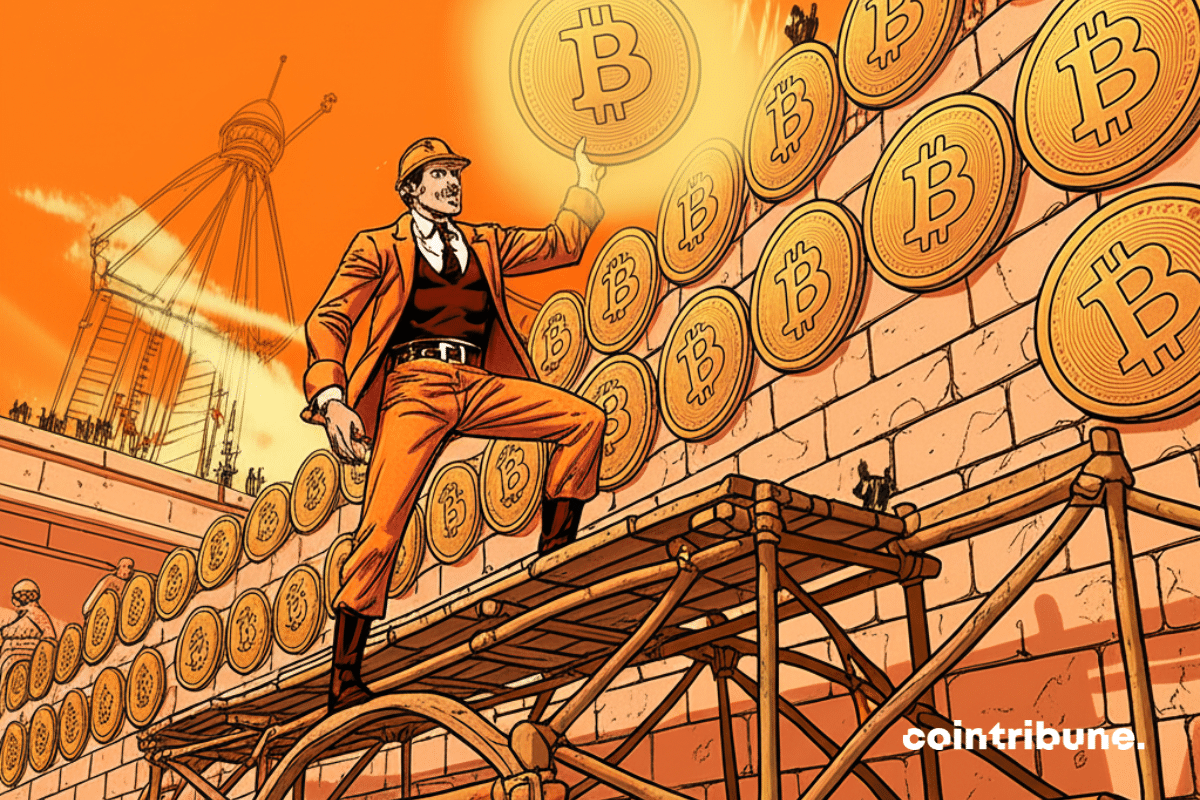“How long do we have before AI replaces us?” This is a really good question. The good news is that despite the pervasive anxiety and sky-is-falling headlines, most people still have jobs. Your boss still schedules staff meetings. Your inbox is still chugging along. And people are asking you for PowerPoints and PDFs. The sky is not falling.
Why?
The simple answer: AI hasn’t taken your job yet because it still needs you.
Right now, AI is in what I call the “power tool” phase. Like a pneumatic nail gun, it makes you faster, but it’s still you putting up the drywall. AI can’t build that house for you all by itself. It still needs a human to aim that nail gun, or prompt, depending on your industry.
Despite AI’s prodigious capabilities—writing code, summarizing meetings, drafting proposals—AI is still just that: a tool. It assists, it doesn’t replace. At least not yet.
The numbers back that up. According to The Economist, employment in translation and interpretation is up 7 percent from last year. Yes, even in a field that’s supposed to be dead and buried under GPT-4’s translation function. What’s more, broader white-collar employment remains strong. Unemployment is low. Wages are rising.
Only about 10 percent of companies are using AI for actual production work. Most are still in “hey let’s do a pilot and hope it doesn’t break compliance” phase. And when it is used, it’s often helping humans do their job a little better, but not better enough to get them laid off—at least not for now.
But what’s coming next is going to be quite different.
We are now entering the age of AI agentics. Not just tools anymore, but semi-autonomous systems that don’t just assist you—they can operate alongside you or even instead of you. We’re talking about AI that can take a Jira ticket and deliver a working feature. AI that monitors regulation updates, drafts compliance documents, and only pings you if your company’s about to do something bad enough to land you in a Senate hearing. Salesbots that can go out there and make you some serious money, without having to worry about HR violations. And when that kind of agent finally comes along—reliable, tireless, shockingly cheap—that’s when job displacement begins. And next thing you know, it’ll be what John Updike said in Rabbit is Rich: it happened gradually, then suddenly.
Dario Amodei, CEO of Anthropic and someone who builds agents, has issued a blunt warning: We may be on track to wipe out up to half of all entry-level white-collar jobs in the next five years. Not just, you know, “reimagine” them. AI is going to Wipe Them Out.
Law, finance, consulting, customer service—any role that can be broken down into repeatable processes will be a target for intelligent agents to replace humans. The bottom rungs of the career ladder, the internships, the analyst jobs, the assistant roles, where people learn the ropes—these are going to be hit the hardest.
Prepare for AI Now
And no, Amodei isn’t a doom-and-gloom Luddite. He’s the founder of an AI company telling us, flat out, that if we don’t start preparing now, bad things will happen. Specifically, he is predicting a job displacement bloodbath that will absolutely blindside humanity.
To his credit, Amodei isn’t trying to sugarcoat it, like other CEOs of AI companies building frontier models. He’s even proposed a “token tax”—a small fee on every AI transaction, redistributed to support displaced workers. Admirable, but honestly, do you think the current administration is going to turn America into a nanny state?
Amodei also notes that we can’t step in front of a train to stop it; we have to steer it. This should start now. It’s almost like he’s a martial arts master explaining that we can “tai chi” it—use four ounces of force to deflect a thousand pounds.
What’s more, the recent emergence of “AI first” CEOs is a harbinger of these events to come. (Remember, AI-first means people-second.) Fortunately, their just talking and not laying off people yet. No CEO wants to become the Shkreli who started a panic that led to a mass extinction event that ended up costing 300 million jobs. Everybody knows it doesn’t take much these days for people to start picketing your offices, chanting, “robots will not replace us!” Nobody wants to be that guy.
If you’re a CEO, here’s what you can do: declare that you are a people-first CEO. That doesn’t mean to bankrupt the firm by blocking AI deployment, it means to invest and get every employee up to speed on AI skills, which will help them no matter where they might end up. It means they care about them. This encourages everyone to take responsibility for their livelihood and begin to think strategically about the future. It means you do what you can for them, and serious up-skill training would mean a lot.
The Acid Test
The CEO can realize that the essence of humanity resides not in our ability to become more productive, but in our ability to create meaning. Because while AI is extremely disruptive, it’s also a mirror that can reveal what it means to be human. Just as photography threatened the livelihood of portrait painters in the late 1800s, what ended up happening was the emergence of Impressionism.
If AI is the equivalent of a digital ice age that changes everything for everyone, we can:
- Turn your company into a tribe that can survive massive societal transitions
- Teach everyone how to use the digital equivalent of snowshoes
- Share a sense of hope with your clan.
This is what it means to be a leader in the 21st century.
The hope is that if humanity rises to meet the AI challenge, with determination and resilience, then AI could become the catalyst for a new renaissance. It could help us free ourselves from drudgery and rediscover purpose. It can provide a rare opportunity to rethink education. We can even redesign what “entry-level” really means. Tribes are built so people can care for others, to win loyalty and create a sense of belonging; we strengthen tribes by sharing food, sharing fire, and sharing danger. In this way, we can create new pathways that value creativity, connection, wisdom—things machines simply cannot replicate.
The future doesn’t necessarily need to be a war between humans and robot overlords. Instead, it could be a test of whether humans can evolve fast enough to harness this new tool to build a better tomorrow, for all mankind. And the very first challenge, over the next few years. will define what it takes to become unlayoffable—the essence of this has to do with what it means to be irreplaceably human.
And that goes double for the CEO.










